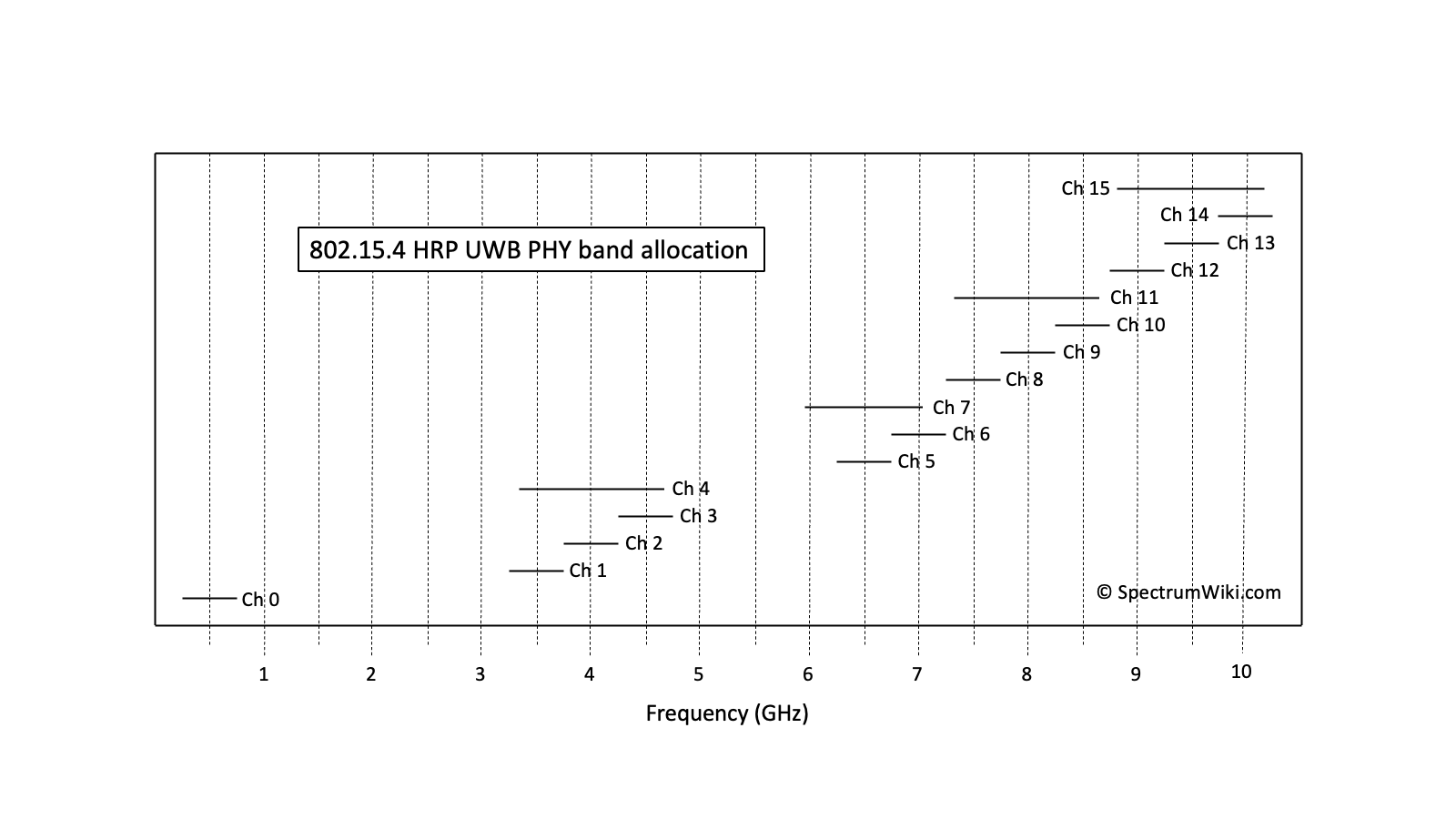| |
|
|
|
IEEE 802.15.4 HRP UWB
|
High pulse repetition frequency ultra-wideband (HPR UWB) is one of the physical layers defined for low data rate personal area network (LR-WPAN) communications in the IEEE 802.15.4 standard.
According to the FiRa Consortium:
"In challenging environments, such as parking structures, hospitals, airports and high density venues, ultra-wideband (UWB) technology outperforms other technologies in terms of accuracy, power consumption, robustness in wireless connectivity, and security, by a wide margin.
"UWB securely determines the relative position of peer devices with a very high degree of accuracy and can operate with line of sight at up to 200 meters. In contrast to narrow band wireless technologies, the use of wide bandwidth means UWB provides very stable connectivity, with little to no interference and offers highly precise positioning, even in congested multi-path signal environments.
"By calculating precise location, fine ranging based on UWB is a more secure approach to closing and opening locks, whether those locks are installed on a car door, a warehouse entryway, a conference room, or your front door."
|
Frequencies |
| Frequency | Bandwidth | Use | Service | Table |
| 499.2 MHz | 499.2 MHz | 802.15.4 HRP UWB Channel 0 | - | - |
| 3494.4 MHz | 499.2 MHz | 802.15.4 HRP UWB Channel 1 | - | - |
| 3993.6 MHz | 499.2 MHz | 802.15.4 HRP UWB Channel 2 | - | - |
| 3993.6 MHz | 1.3312 GHz | 802.15.4 HRP UWB Channel 4 | - | - |
| 4492.8 MHz | 499.2 MHz | 802.15.4 HRP UWB Channel 3 | - | - |
| 6489.6 MHz | 1.0816 GHz | 802.15.4 HRP UWB Channel 7 | - | - |
| 6489.6 MHz | 499.2 MHz | 802.15.4 HRP UWB Channel 5 | - | - |
| 6988.8 MHz | 499.2 MHz | 802.15.4 HRP UWB Channel 6 | - | - |
| 7488 MHz | 499.2 MHz | 802.15.4 HRP UWB Channel 8 | - | - |
| 7987.2 MHz | 1.3312 GHz | 802.15.4 HRP UWB Channel 11 | - | - |
| 7987.2 MHz | 499.2 MHz | 802.15.4 HRP UWB Channel 9 | - | - |
| 8486.4 MHz | 499.2 MHz | 802.15.4 HRP UWB Channel 10 | - | - |
| 8985.6 MHz | 499.2 MHz | 802.15.4 HRP UWB Channel 12 | - | - |
| 9484.8 MHz | 1.35497 GHz | 802.15.4 HRP UWB Channel 15 | - | - |
| 9484.8 MHz | 499.2 MHz | 802.15.4 HRP UWB Channel 13 | - | - |
| 9984 MHz | 499.2 MHz | 802.15.4 HRP UWB Channel 14 | - | - |
External Links:
Associated Files:

802.15.4 HRP UWB PHY band allocation
Display this entry in a page by itself
Edit
|
|
|
|
|
|
|
|
|